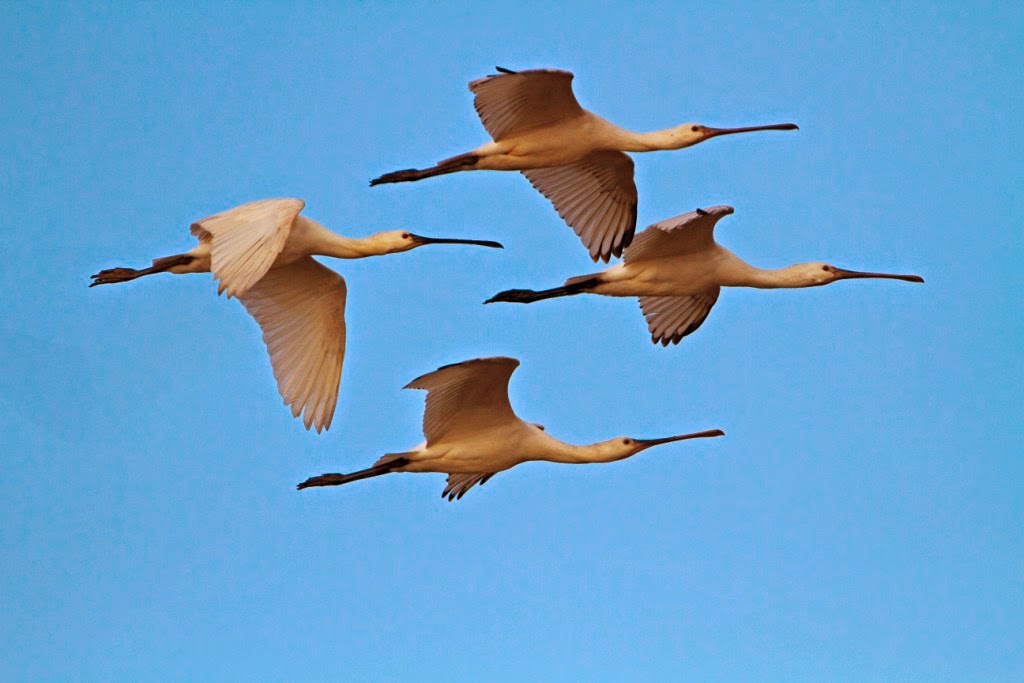As the vulture glides

Griffon Vulture (Raymond de Smet) Calm, long summer days, not a cloud in sight, nor the brush of a breeze. Against the vastness of the blue dome there is just one movement that catches my eye. Approaching from the north, the object moves on an unwavering course, a flight path on fixed bearing, as it were. There is no sign of propulsion. The glide lasts across my entire view of the sky. Its wings, broad but tapering slightly towards their tips, show no motion. Their shape are sufficient to identify this as a Griffon Vulture, and as this individual disappears from view, two others are overhead, again as if drawn by invisible threads. On such a day, vultures are finding thermals rising from the plains. Up currents of air, triggered by slight temperature gradients are somehow located by soaring birds: the vultures, eagles, storks. It is by the presence of such birds, rising in spiral fashion (described often as a "kettle") that we detect these otherwise invisible pumps of air...
